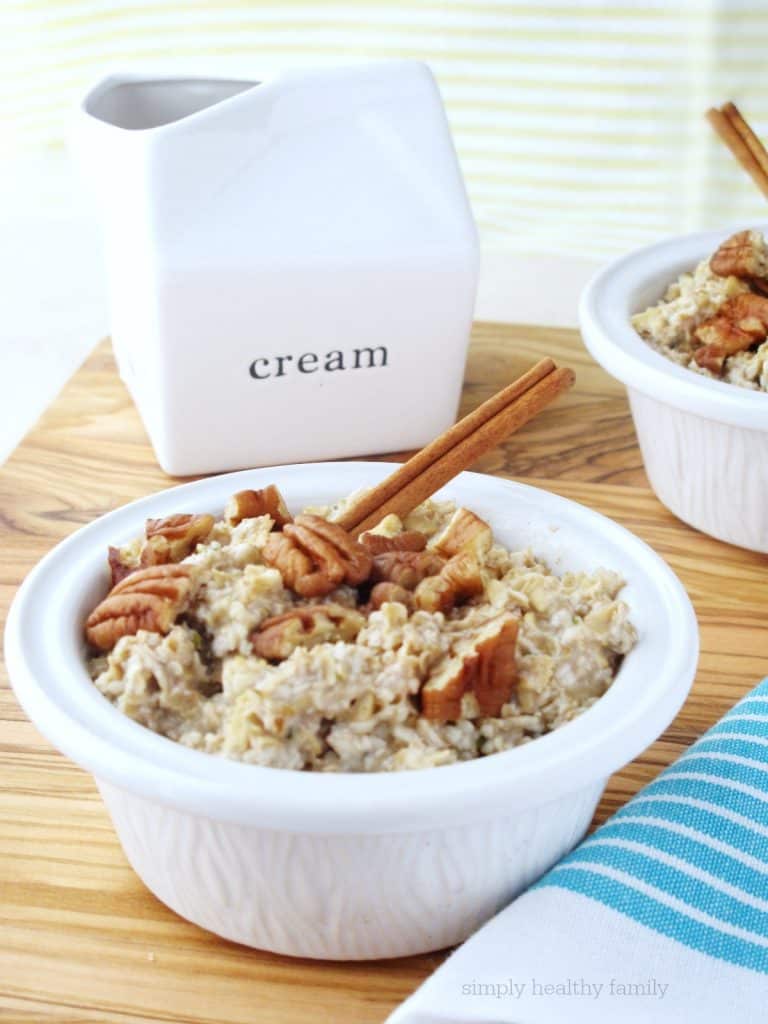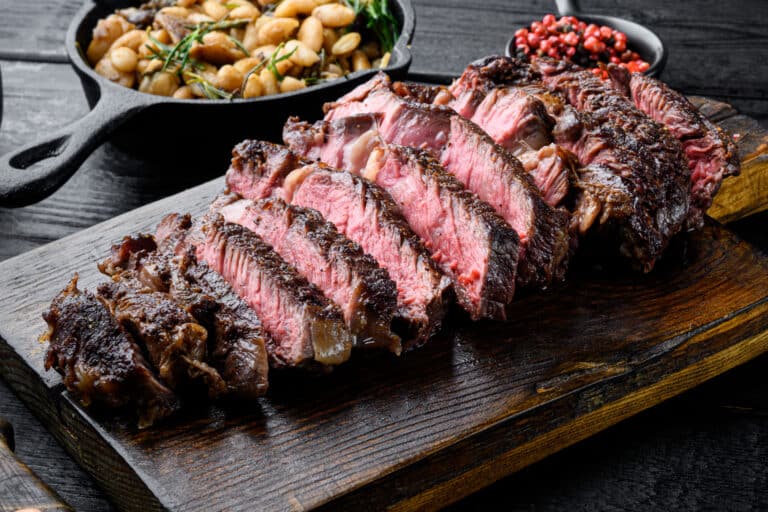How to Thaw Scallops 2023
Defrosting scallops from the freezer correctly is essential for preserving their taste – flavor and texture. There are numerous ways to thaw frozen scallops.
According to the USDA, the best way to thaw sea scallops is overnight in the refrigerator.
Thawing Scallops in the Refrigerator
Thawing scallops in the refrigerator is the safest way to defrost them, though this method takes longer than other methods. When scallops are left in the fridge, they thaw gradually and have a low chance of spoilage.
Thawing scallops in the refrigerator takes at least 12 hours, and the only equipment needed is a bowl and some plastic wrap.
Follow these steps to thaw scallops in the refrigerator:
- Set the fridge to 37°F. This is the ideal temperature for defrosting frozen scallops.
- Remove the scallops from the package and place them in a bowl. The bowl should be large enough to fit all the scallops, with extra space for the ice to melt.
- Cover the bowl tightly with plastic wrap or use the bowl’s sealable lid
- Place the bowl on a low shelf in the fridge, where the temperature is usually the lowest. Don’t overcrowd the shelf or allow the bowl to come into contact with other foods to prevent the transfer of odors and flavors
- Avoid placing the scallops in a drawer. The drawers in a refrigerator are usually temperature-controlled to keep fresh fruit and vegetables at their optimum temperature and may not be suitable for thawing scallops.
- Leave the scallops in the fridge overnight to defrost. In the morning, check if they’ve defrosted fully by pressing one scallop gently with your finger. If the scallop still feels hard or icy, leave the bowl in the fridge for a few hours longer
- Use scallops fridge-thawed scallops within two days, and keep them covered and refrigerated until use
Pros:
- Spoilage is unlikely — Chances of spoilage are reduced by defrosting the scallops gradually at a controlled temperature
- Preserves flavor and texture — Scallops retain their natural moisture, and their delicate flavor and texture aren’t affected
Cons:
- Takes a long time — This method can’t be used for a quick, last-minute meal. Scallops take a long time to defrost in the fridge and require that you plan ahead
- Requires lots of fridge space — The scallops need to be put in a large bowl and placed away from other foods
Using Cool Water to Defrost
Defrosting in cool water is a quick way to thaw scallops properly when you’re in a hurry. Using cold running water to defrost scallops quickly doesn’t affect the scallop’s flavor or texture.
You can defrost scallops in 30 minutes using a large bowl of cold tap water and a resealable plastic bag. Here’s how:
- Place the frozen scallops in a resealable plastic bag and seal the bag, expelling as much air as possible from the bag
- Place the sealed bag of scallops in a large bowl and fill the bowl with cold tap water
- Leave the scallops to stand in the bowl of water for 30 minutes, replacing the water with fresh cold water every 10 minutes
- Check the scallops after 30 minutes by pressing one gently with your finger. The scallop should feel soft. If the scallop is hard, it’s still frozen, and you should repeat this process, leaving the bowl to stand for another 10 minutes
Pros:
- Convenient — This method doesn’t take much time or attention, making it a good option when you don’t have time to leave the scallops in the fridge overnight
- Preserves flavor and texture — This method doesn’t affect the scallop’s delicate texture or flavor
Cons:
- Takes a long time — This method takes lots of time and attention. You can’t leave the scallops to defrost on their own
- Affects flavor and texture — The scallops can become soft and mushy if water gets into the bag
Defrosting Scallops in the Microwave
Defrosting scallops in the microwave is the fastest way to thaw scallops when you’re in a hurry, but it’s the most dangerous method because the scallops start to cook if left in the microwave for too long, and bacteria begin multiplying if the scallops become too warm.
To defrost scallops in the microwave, you need a large microwave-safe bowl, preferably made of glass, and some thick paper towels:
- Remove the scallops from their packaging and place them in a large microwave-safe bowl. A glass bowl is the best type of bowl to prevent the transfer of odors and flavors
- Cover the scallops with a layer of thick, 3-ply paper towel to prevent the scallops from cooking
- Place the scallops in the microwave for 30 seconds, using the defrost setting or on 30% power. Settings that are too hot will cook the scallops, making them tough and chewy
- Open the microwave after 30 seconds to check if the scallops have defrosted. If they’re still cold or hard, defrost them for another 30 seconds. Continue checking every 30 seconds until the scallops have thawed
- Cook the scallops immediately after defrosting them in the microwave
Pros:
- Convenient — This method is quick
- Easy — This method doesn’t require much attention
Cons:
- Affects texture — Scallops defrost quickly and may start cooking if left in the microwave for too long, resulting in a tough texture
- Prone to bacteria growth — Scallops may become too warm in the microwave and if they aren’t cooked immediately after defrosting, bacteria start to multiply and contaminate the food
Don’t Forget to Read the Defrosting Instructions
Defrosting recommendations differ for some types of scallops, and sometimes, defrosting the scallops before cooking them isn’t necessary at all.
Cook frozen scallops without thawing them first if the scallops are breaded. Sear frozen, breaded scallops in a hot pan with a few drops of vegetable oil.
Follow the defrosting and cooking instructions on the scallop’s package. Frozen scallops can be broiled in the oven or pan-seared without being defrosted first. Broil or pan-sear frozen scallops by coating them with melted butter and seasoning with salt and freshly ground black pepper.
Common Mistakes When Defrosting Scallops
Avoid these common mistakes when defrosting scallops:
- Opening and closing the fridge door frequently — This causes the temperature inside the fridge to fluctuate as warm air enters the refrigerator. Open the fridge door as little as possible when defrosting the scallops inside.
- Defrosting at room temperature — Leaving scallops on the counter to defrost at room temperature increases the risk of bacteria growth, which makes the seafood dangerous to eat.
- Placing scallops in the sun to defrost — Scallops left to defrost in the sun quickly become too warm and may spoil.
- Defrosting in a leaky bag — When defrosting scallops using the cold water method, ensure the plastic bag is fully sealed and that water can’t get in. If the scallops come into direct contact with water, their texture will deteriorate.






